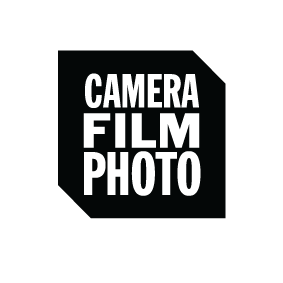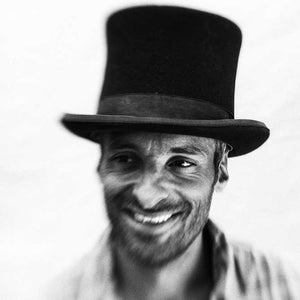Lensbaby Portraits on Film

Benoît Felten
CFP Blog contributor
A few years ago, when I was first getting into serious photography and before I started exploring analog, I purchased a Lensbaby Composer lens for my Canon DSLR. For those who haven't heard of the Lensbaby, it's a (rather expensive for what it is) selective focus manual lens. Basically, you decide which part of the frame will be in focus by tilting the lens (it's fixed to a rotating ball), focus, and the end result is more or less blurred depending on aperture. At first I was in love with the selective blur, the unanticipated bokeh, the weird perception trick that tells you an area is blurred because it's far from the focal plane when in fact it's not. I used it for everything, but just like mobile phone filters, I quickly grew tired of it and realised it ruined more shots than it enhanced. I stored it away and kind of gave up on it.
Years later, I was given a Canon A2 analog camera by someone who knew I was exploring film, and when I realised that nearly all my lenses worked on this old Canon I was thrilled.
I even tried the Lensbaby on it and one day as I was meeting old friends for lunch I took the camera with the Lensbaby attached and shot some impromptu portraits. I quite liked the results, and this one in particular struck me as really good.
It was shot up close at f/2.8 (the widest possible aperture) which is why the focus area is so small, but the twinkle in the sharp eye really made the shot, I felt as I was reviewing the processed negatives.
I didn't yet clearly identify what it was that I loved about it, but a few weeks later at a family reunion I tried it again and did a whole series of portraits.
This was late afternoon summer light, and I decided to shoot at f/5.6 using a much higher ISO film.
I shot every family member available, and liked the results a lot although I felt that f/5.6 gave too much of a focus area for what I was after.


Mind you, it was probably best in the context of family photos (because people want to see their faces sharp on such souvenir shots) but that cemented the idea that the whole point was to shoot as shallow as possible.
This shot of my dad is representative of the results from that session.
It was those shots that allowed me to pinpoint exactly what I loved about lensbaby film shots: the way the grain breaks down in the blurry areas is unlike anything I've seen, and unlike digital Lensbaby shots.
Obviously, shooting with Delta 3200 means lots of grain, and therefore it was more visible. But the same session also confirmed that the transition between sharp and unsharp areas was much smoother at f/2.8 and that gave a more pleasing result (to my eyes) for more artistic projects. Last summer, I had the opportunity of doing another session with a bunch of friends.
I purchased a white sheet for a background and had only a reflector for lighting. I shot at f/2.8 on Ilford FP4+, and was really pleased with the results. Here are a few of the shots from that session:




